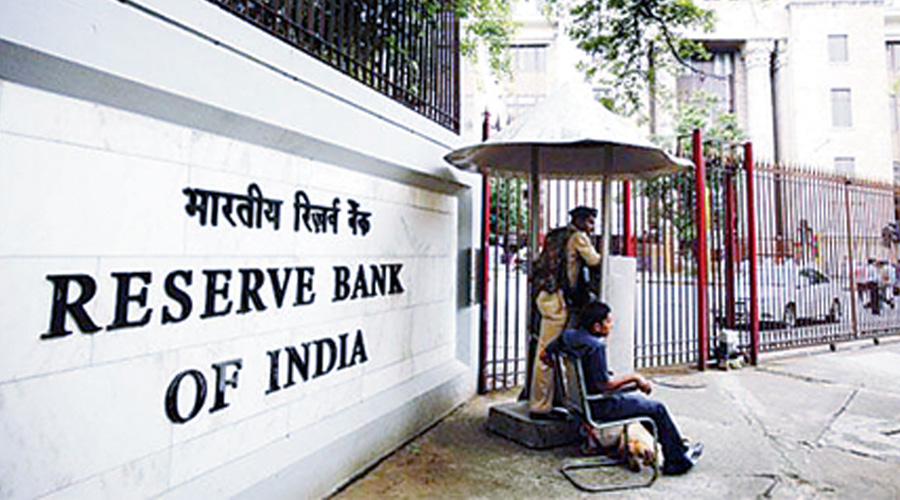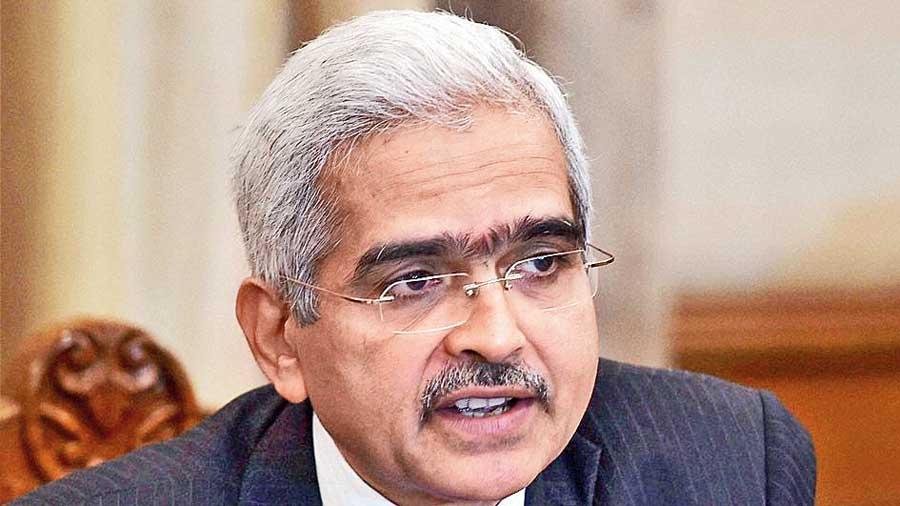The Reserve Bank of India (RBI) on Thursday said the economic costs of the second Covid wave can be limited to the first quarter of this fiscal with possible spillovers in July.
In its annual report, the apex bank said the current round of infections has triggered a revision of growth projections with the consensus gravitating towards its own forecast of 10.5 per cent for 2020-21.
According to the RBI, the government should utilise the limited window — till the arrival of the next wave of the coronavirus — to establish strict pandemic protocols and logistics. The Centre should ramp up vaccine production and medical supplies.
The government should fill gaps in the health infrastructure and build up stocks, particularly of vaccines.
The RBI, however, admitted that losses in terms of lives, employment and output are likely to be adverse and long-lasting. Countries which are vaccinating rapidly and widely are flattening the infection curve and may lead the global recovery.
The annual report said private investment needs to be rekindled to create backward and forward linkages among the various sectors that would prepare the ground for a durable investment-driven economy.
“Going forward, as growth revives and the economy gets back on track, it is important for the government to adhere to a clear exit strategy and build fiscal buffers, which can be tapped into in events of future shocks to growth,” the RBI said. The report expects the Centre to stick to its commitment to pare the fiscal deficit to below 4.5 per cent of GDP by 2026.
However, the pandemic may induce states to borrow more to provide counter-cyclical support in order to deal with the second wave.
It said the high frequency indicators present a mixed picture in April and early May.
While mobility and sentiment indicators have moderated, several activity indicators have shown resilience.
What to expect
The RBI said monetary policy would be guided by the macroeconomic conditions, with a bias to remain supportive of growth till it gains traction while ensuring inflation remains within the target.
On its regulatory and supervisory steps, the report disclosed that several measures are on the anvil during 2021-22, including a review of the rules applicable to all the regulated entities engaged in microfinance, guidelines on dividend distribution by non-banking financial companies (NBFCs) and scale-based regulation for them.
Further, steps would also be taken to strengthen the on-site assessment of oversight and assurance functions, including risk and compliance culture as also business strategy or models of regulated entities.
The annual report said private investment needs to rekindled to create backward and forward linkages among the various sectors that would prepare the ground for a durable investment-driven economy.
According to the RBI, the impact and duration of the second wave is the biggest risk to its forecast of 10.5 per cent growth this fiscal. The upsides to growth will come from the capex push by the government, rising capacity utilisation and the turnaround in capital goods imports.
It said the high frequency indicators present a mixed picture in April and early May.
While mobility and sentiment indicators have moderated, several activity indicators have shown resilience.
GST collections crossed the Rs 1-lakh-crore mark for the seventh consecutive month in April, suggesting manufacturing and services production remained on track. But, e-way bills moderated, indicating mobility restrictions and a possible slackening of GST collections in the coming months.
Over the past year, industry has suffered deep losses even as windows of opportunity opened out to them in some sectors. While the manufacturing sector suffered the worst contraction, with the brunt of the loss of output concentrated in the first quarter, the services sector is still “wounded”.
The deterioration in the major fiscal indicators in 2020-21 may be attributed to the pandemic superimposed on a cyclical slowdown in tax revenues and a counter-pandemic fiscal push through higher government expenditure.
“Going forward, as growth revives and economy gets back on track, it is important for the government to adhere to a clear exit strategy and build fiscal buffers, which can be tapped into in events of future shocks to growth," the RBI said. The report expects the Centre to stick to its commitment of paring the fiscal deficit to below 4.5 per cent of GDP by 2026.
However, the pandemic may induce states to borrow more to provide counter-cyclical support in to deal with the second wave.
The RBI said that the conduct of monetary policy in 2021-22 would be guided by evolving macroeconomic conditions, with a bias to remain supportive of growth till it gains traction on a durable basis while ensuring inflation remains within the target.
On its regulatory and supervisory steps, the report disclosed that several measures are on the anvil during 2021-22, including a review of the regulations applicable to all the regulated entities engaged in microfinance, guidelines on dividend distribution by non-banking financial companies (NBFCs) and scale-based regulation for them.
Further, steps would also be taken to strengthen the on-site assessment of oversight and assurance functions, including risk and compliance culture as also business strategy or models of regulated entities.











